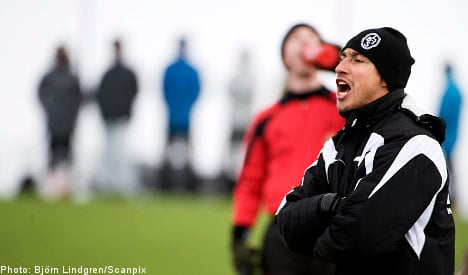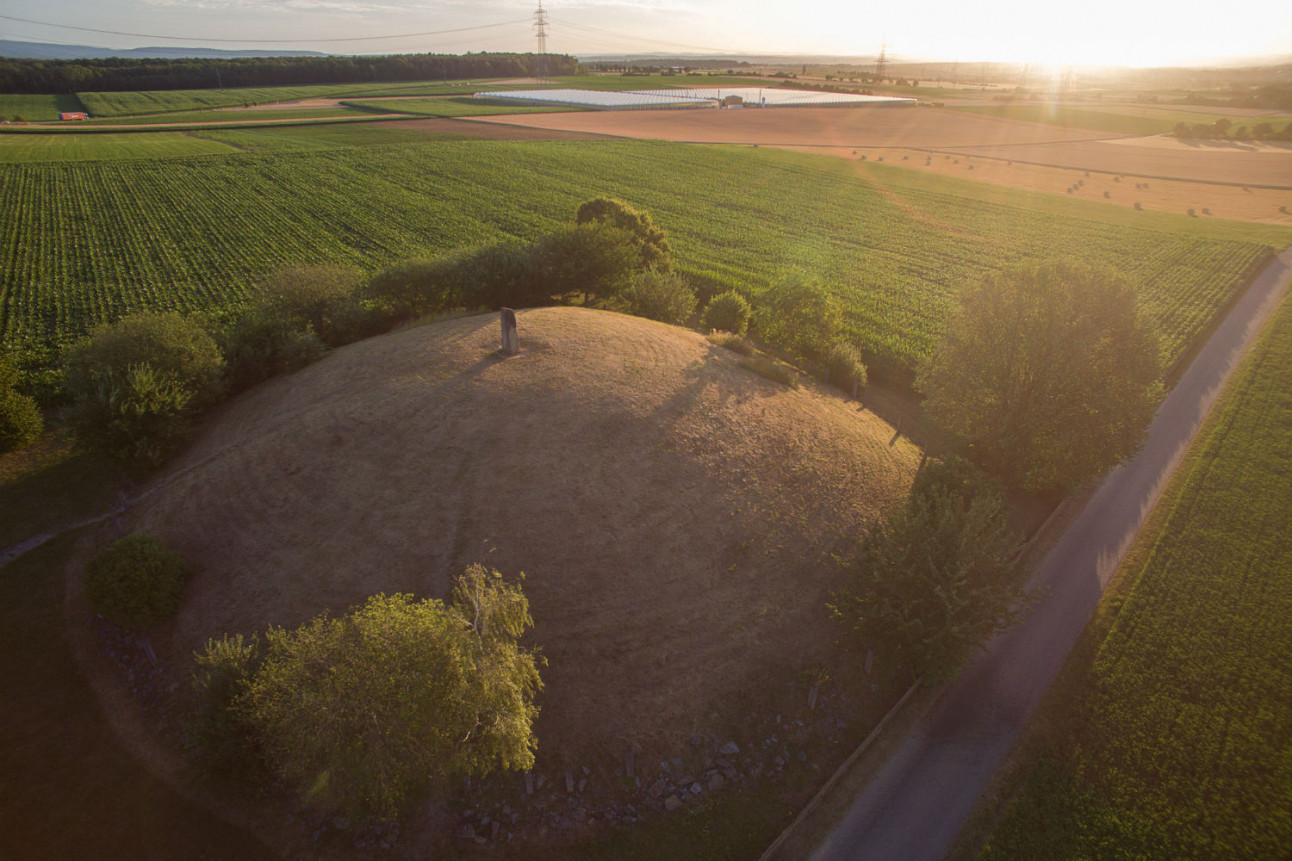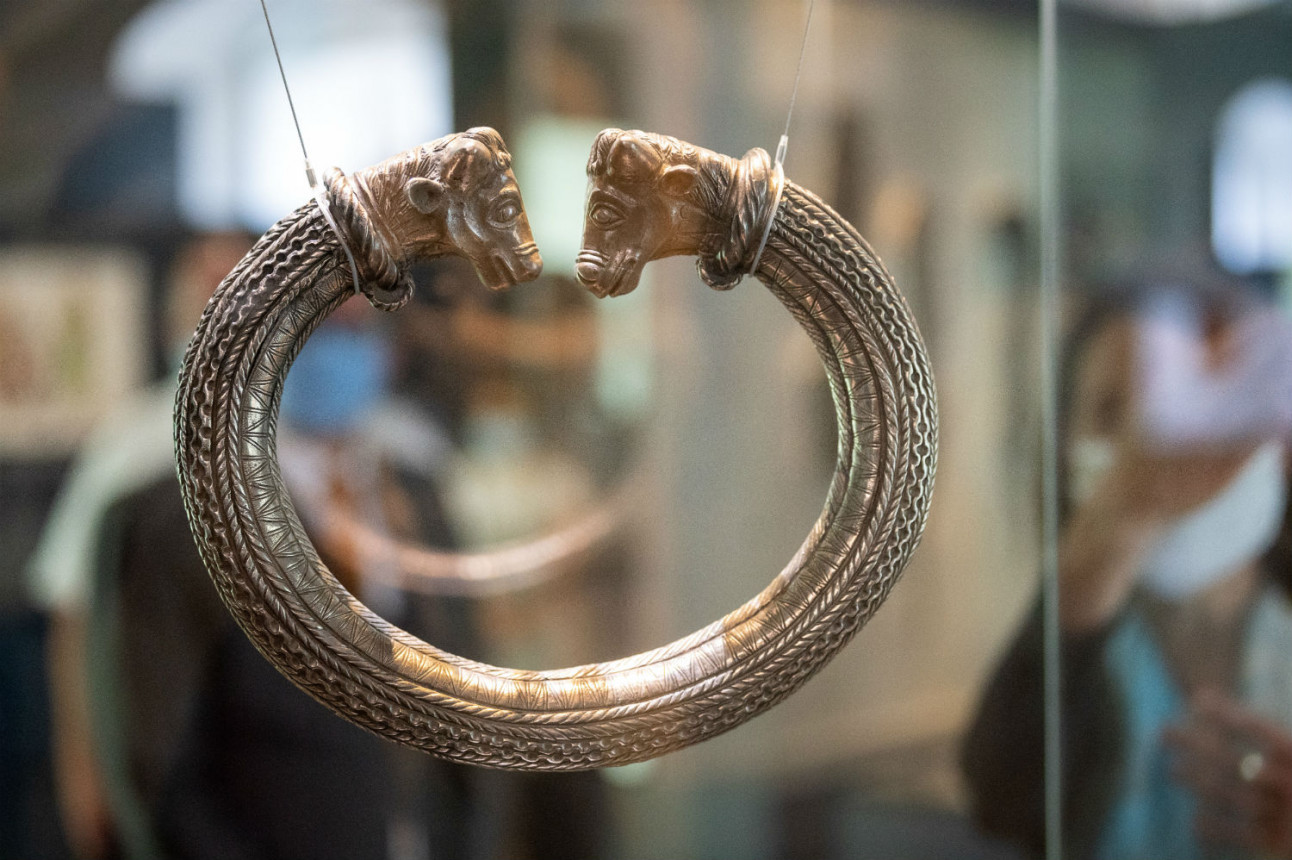The Swede, who is currently boss of Swedish side BOIS Landskrona, has been tipped as one of the candidates for the job after Tony Mowbray’s exit.
But he said that now was not the right time for a return.
“I will always be connected with that Celtic job. It doesn’t matter what I say, it’s a great honour to be connected with that job,” he told the Scottish Daily Mail.
“But I don’t think it’s fair to speak about another man’s job, either, and that is why I have refused to say too much.”
“The future will tell if it will be or not.”
The job is currently being filled by former team-mate Neil Lennon on an interim basis, with fellow Swede Johan Mjällby as his assistant.
And Larsson believes, if he can deliver silverware this season, the former skipper will land the role for good.
“If Lenny wins the Scottish Cup, then the job is in his hands and it’s great for him.”
“I feel for sure he is going to do it. Both he and Johan Mjällby know what it means to play for Celtic and I’m sure he is going to instil that into the players.”





 Please whitelist us to continue reading.
Please whitelist us to continue reading.
Member comments